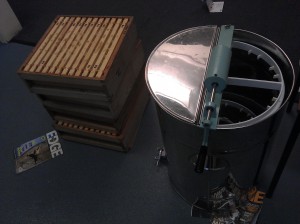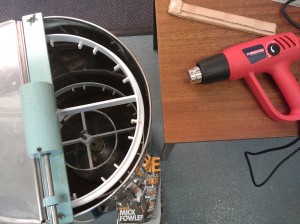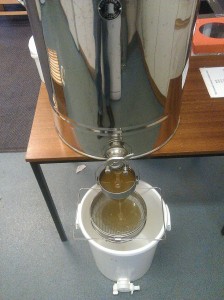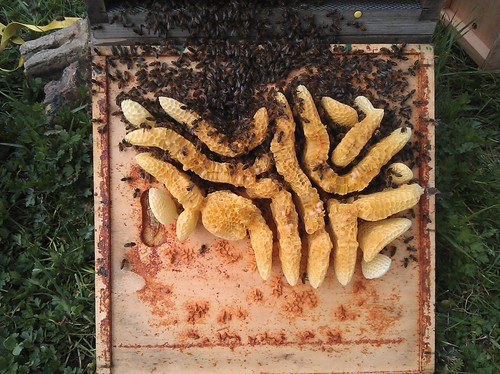Spring Hive Inspections
Having left it a bit late this year (in part waiting for a delayed order of oxalic acid from Thornes) I decided to finally grab a gap in the wind and rain to get up to the apiary to inspect my hives.
First off was the wee nuc which I decided to overwinter, as it got going too late in the year to sell. I had expected this one to have failed, but it was fairly lively, and didn’t seem short on supplies. Added a spot of fondant any way - with a bit of luck and not too much cold it will make it through.
Willow is a single hive, and doing well - again a good number of quite lively bees and reasonable amounts of stores - but put on 2 fondant blocks any way - they’re more of an Italian strain, so tend to build up rapidly coming out of winter, and ran low on stores in March last year.
Finally, Yasmin - a double hive as an experiment this year. Having popped off the cover, there was no sign of life, so I expected the worst. However, pulling out a frame from the top box and I could see a tight-knit, quiet colony sitting by the entrance in the bottom box. Furthermore, the top box was completely full of untouched stores, and the whole hive was very heavy to heft (and it’s polystyrene!) Any colony that forms tight balls over winter, is happy in the bottom of a hive on a day when it’s hovering just above freezing with rain threatening, and hasn’t touched half of its stores is a good wee colony to keep an eye on and, cross fingers, one to breed on when the spring comes along.
All in all, 2.5 for 2.5, so I’m quietly confident (weather permitting) that I might be starting off well in 2013… touch wood!
Read more...



